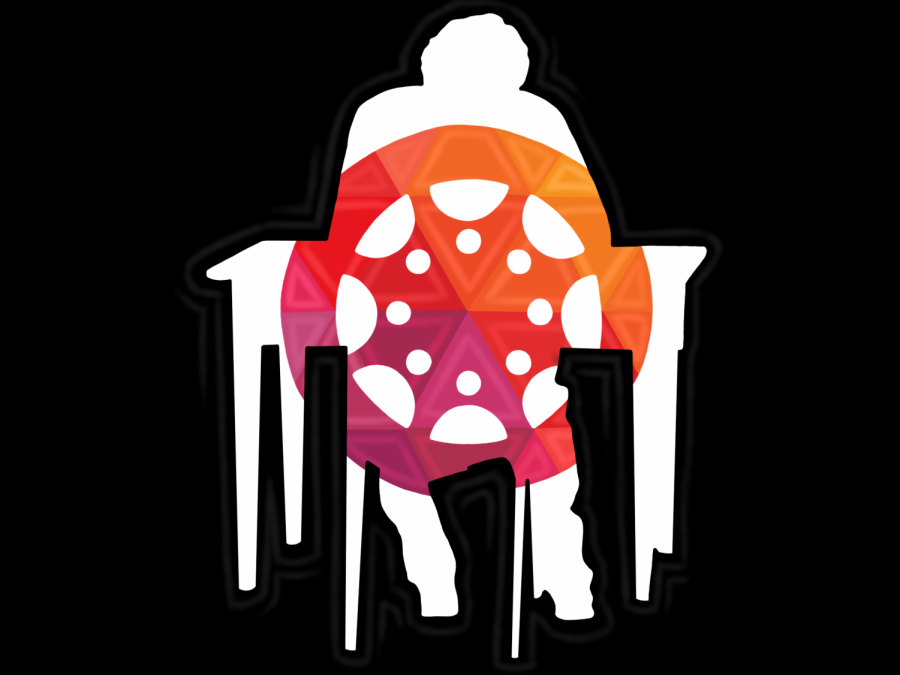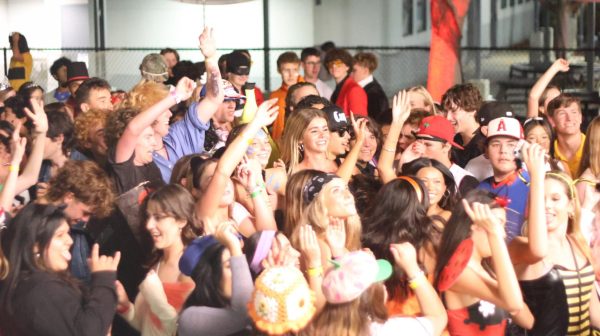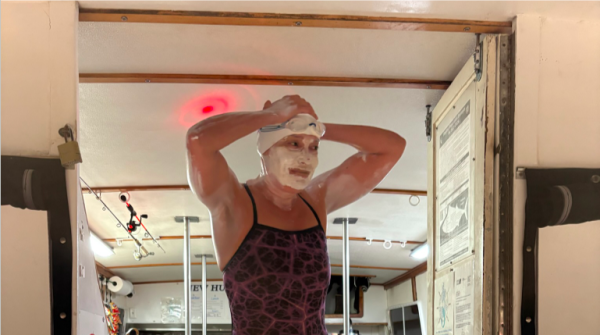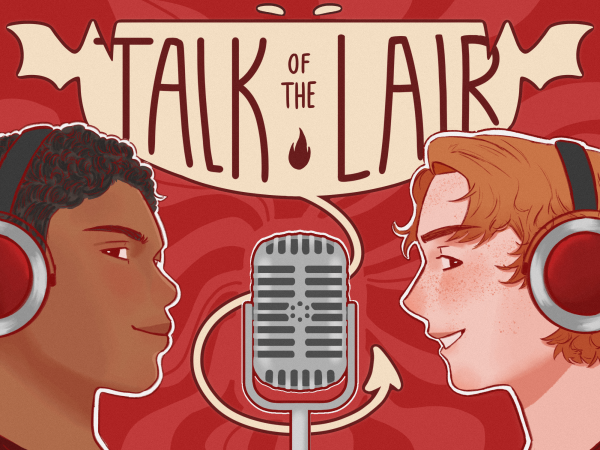Canvas and the end of a semester at a distance
Students and teachers shed light on the use of the Canvas platform for how it holds up as the new virtual classroom.
January 25, 2021
On the brink of a new semester, students and teachers alike have been navigating Canvas and Zoom for the past five months. As Ventura County still hangs in the purple tier and COVID-19 cases remain on the rise, the hopes of potentially returning back to the classroom in a hybrid model disappear beneath the horizon. Students and faculty will have to carry on with the platform for the foreseeable future. Alongside her peers, Kiersten Falat ‘23 has learned how to successfully manage a distance-learning world. Teachers have had to learn how to adjust their curriculum in order for it to be taught online, Foothill Technology High School (Foothill Tech) English and drama teacher Jennifer Kindred has been able to keep her students engaged through a screen.
The online learning platform, Canvas, has been manageable for the time being, but it could be more “user friendly,” Falat said. Although she may have disliked the platform at first, Kindred has tried to replicate her in-class curriculum to fit a Zoom class allotment of 60 minutes.
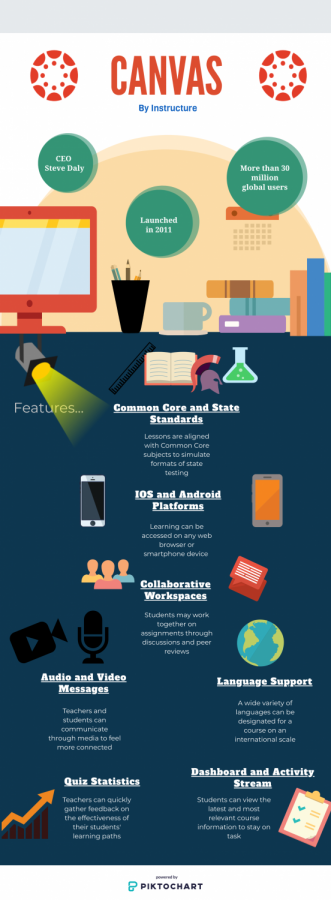
Canvas enables teachers to provide feedback on assignments, but for teachers who like to “retreat from technology” like Kindred, it can be challenging to convey emotion through a typed format. “When I write on somebody’s paper I feel like I’m having a conversation with that person,” Kindred mentioned. For a student on the receiving end of a comment, Falat enjoys reading her teacher’s feedback, “but even then it’s not the same as being face to face and them actually being able to point out what’s going on.”
“Students would be annoyed with anything that takes the place of the real live interaction that I think we’re all craving,” Jennifer Kindred remarked.
Depending on how long the file is, submitting an assignment on Canvas can be tedious at times. Without being able to physically turn in a paper copy to your teacher the next morning, “a lot of things can go wrong,” Falat stated. Clicking Canvas buttons for hours can be tiring and Kindred finds it mind-boggling that the submission button is at the top of the assignment page instead of the bottom!
In order to shorten the time spent on Canvas assignments, some students choose to skip around Canvas modules and only complete assignments that need to be submitted for a grade. In this process, important videos and pages can be missed that would otherwise prepare them for future assignments. Kindred can find this frustrating but she understands hours wasted on the computer, “I don’t fault students for any attempts at short cuts. I totally understand why they would want to do that.”
Kindred understands that a lot of in-class activities have the ability to translate over to Canvas but this can be a challenge for some elective classes. For example, she mentioned how difficult it must be to try and learn a new language, like Spanish, in a distance-learning environment. As the Foothill Tech drama teacher herself, it’s been hard for her students to learn new concepts when they’ve lost in-person peer interaction. Unfortunately, for the time being, “those hands-on classes become less hands-on,” Kindred stated.
Falat enjoys the fact that Canvas has everything in one place, you don’t have to switch through multiple open tabs on your computer to get an assignment done, which makes it easier to find assignments and navigate the platform. On the other hand, Falat mentioned that “even when we did like the introduction and it showed you how to go through everything that wasn’t super straight forward.” A component that she’d like to see added to the platform is a large clock icon that counts down exactly when the assignment is due.
Having spent five months outside of the classroom has been a shock to herself and her peers. Utilizing Canvas and Zoom has forced students to change their habits and develop more self-motivational, “it takes a while to get the hang of which can be kind of frustrating because you know you want to be on top of it and stuff,” Falat said.
Kindred wants parents to understand that it’s difficult to stay engaged participating in a two-dimensional space. She says that there are two different types of students that she teaches. Students who had been originally shy in in-person classes appear to be thriving and that she constantly gets well thought out comments in the Zoom chat and messages sent to her email. On the other hand, the more social kids are having a harder time paying attention and learning without the social interaction that they’re used to.
An entire semester of online learning was a possibility most students couldn’t even imagine months ago. Today, it’s reality. Edgenuity is in the past, but Zoom and Canvas are here to stay possibly through April, or further. Through its many functions, the platform allows students and teachers to interact even though it may not be through the medium they’re used to.


